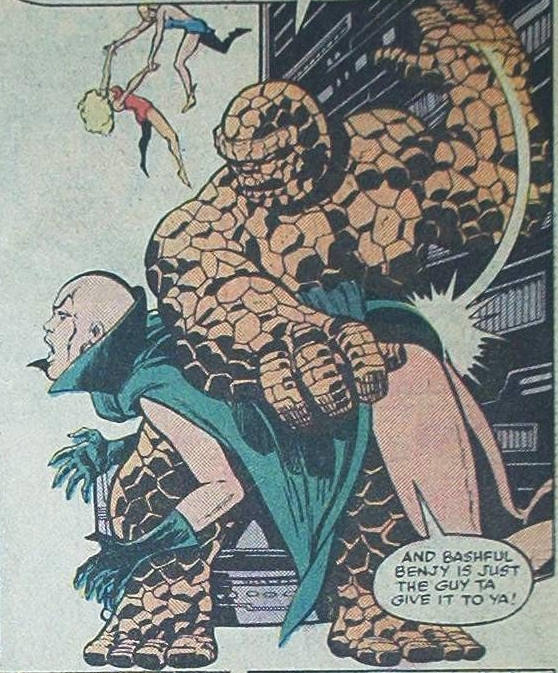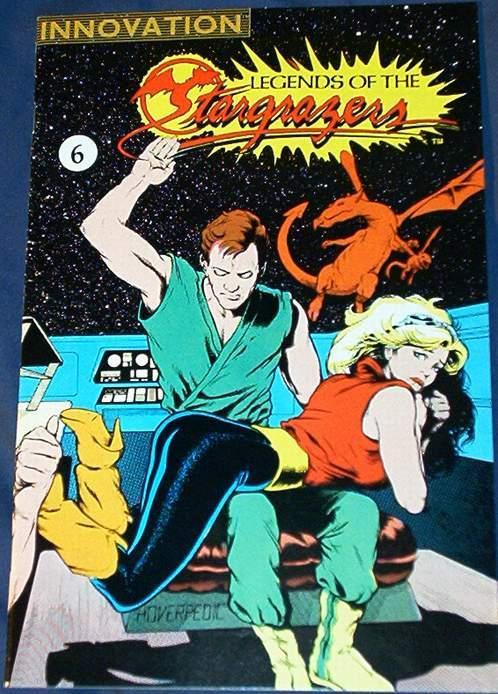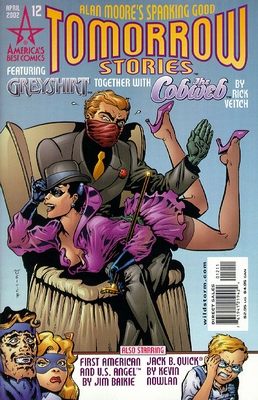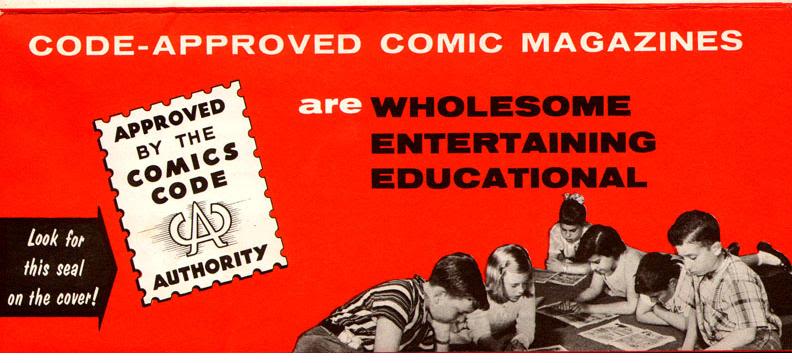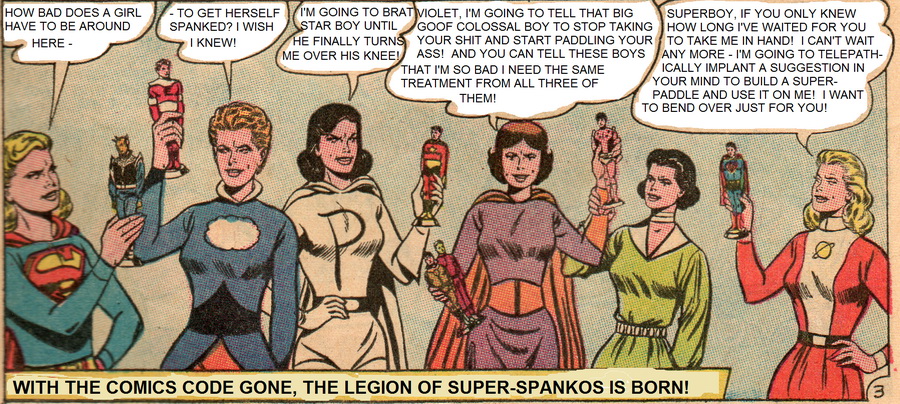|
|
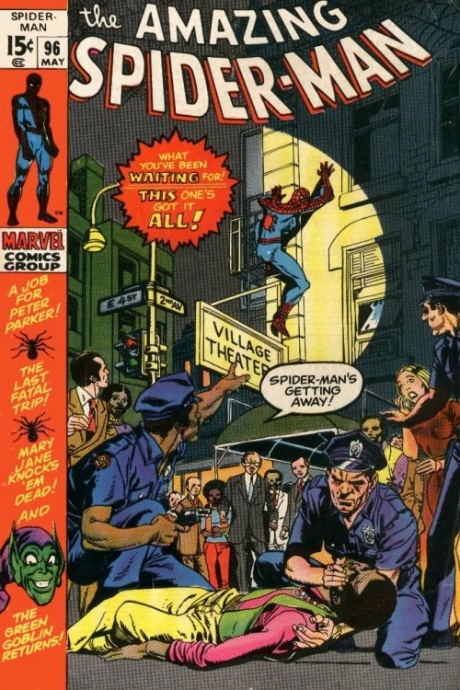
Cover art by Gil Kane. Click to increase in size. © Marvel Characters Inc.
|
After 1980, publishers subscribing to the Code were in the minority, but among them were the biggest players:
Marvel, DC, and Archie (Bongo Comics subscribed at one time also, but I was
unable to find the exact dates either on their website or by examining cover scans). Their size and
visibility meant that they were still subject to greater public scrutiny than the tiny independents,
but even so their creative personnel and editorial staffs sometimes chafed against the Code restrictions.
This had been a problem from the beginning (except perhaps at Archie with its extremely tame content),
but until 1984, the only mainstream comic books that had gone so far as to bypass the code were
The Amazing Spider-Man #96-98, which had featured the problem of drug abuse. Lee left the Code's
seal off the book for those three issues, making history in the process, but after that the Code was revised
to allow some mention of drugs and things settled down again. For a long time afterward, no mainstream company
published anything that was not Code-approved.
At left: The Amazing Spider-Man #96 (May 1971). The Code's seal failed to appear on the book's cover -
the first time this had occurred with a mainstream title since 1955. Even though the Federal Department
of Health, Education, and Welfare wanted Marvel to put this book out, the Code would not approve it.
|
|
|
|
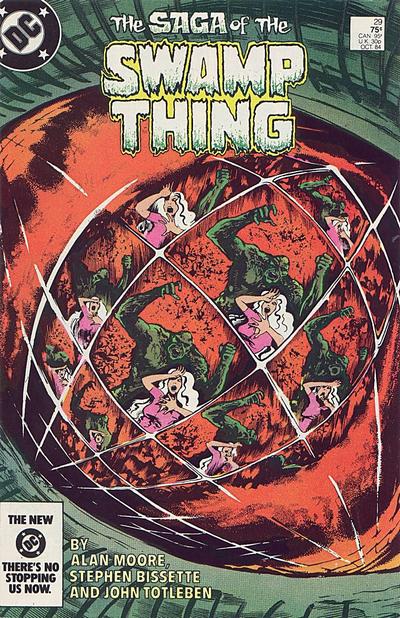
Saga Of The Swamp-Thing #29 (Oct. 1984) contained nudity, incest, necrophilia, and rotting
zombies, but except for that, no problems. The Code's seal certainly does not appear!
© DC Comics Inc.
|
Then in October 1984, the Code Office took a good hard look at Swamp Thing #29.
Swamp Thing (the second series) had quickly become one of the seminal comics of the 80's once
Alan Moore, Stephen Bissette, and John Totleben were installed as the creative team.
Their work was excellent as well as groundbreaking, but issue #29 featured rotting zombies, nudity, incest,
and (implied) necrophilia, causing the Code Office to reject it in no uncertain terms.
A looming deadline left DC no time to "fix" it (not that they could have done so without destroying the
story), so they decided to run the book without the Code's Seal of Approval. The following month,
issue #30 was submitted to the Code and approved, but it was clear due to the nature of Moore's stories
there was going to be more trouble with the Code in the future. Therefore, with issue #31, DC
dropped the seal from the title permanently, and perhaps to compensate they put "Sophisticated Suspense"
on the cover as a sort of warning label - if anyone could figure out what it was supposed to mean.
Swamp Thing continued to be controversial, but the fact is that a mainstream comics title was
bypassing the Code and getting away with it. Once that happened, I think the Code was doomed. Given
corporate timidity, it took a while: it wasn't until 2001 that Marvel dropped the Code, and ten years
later that DC and Archie finally followed suit. The April 2011 Archie books were probably
the last comics ever to carry the Code's seal on their front covers.
|
|
